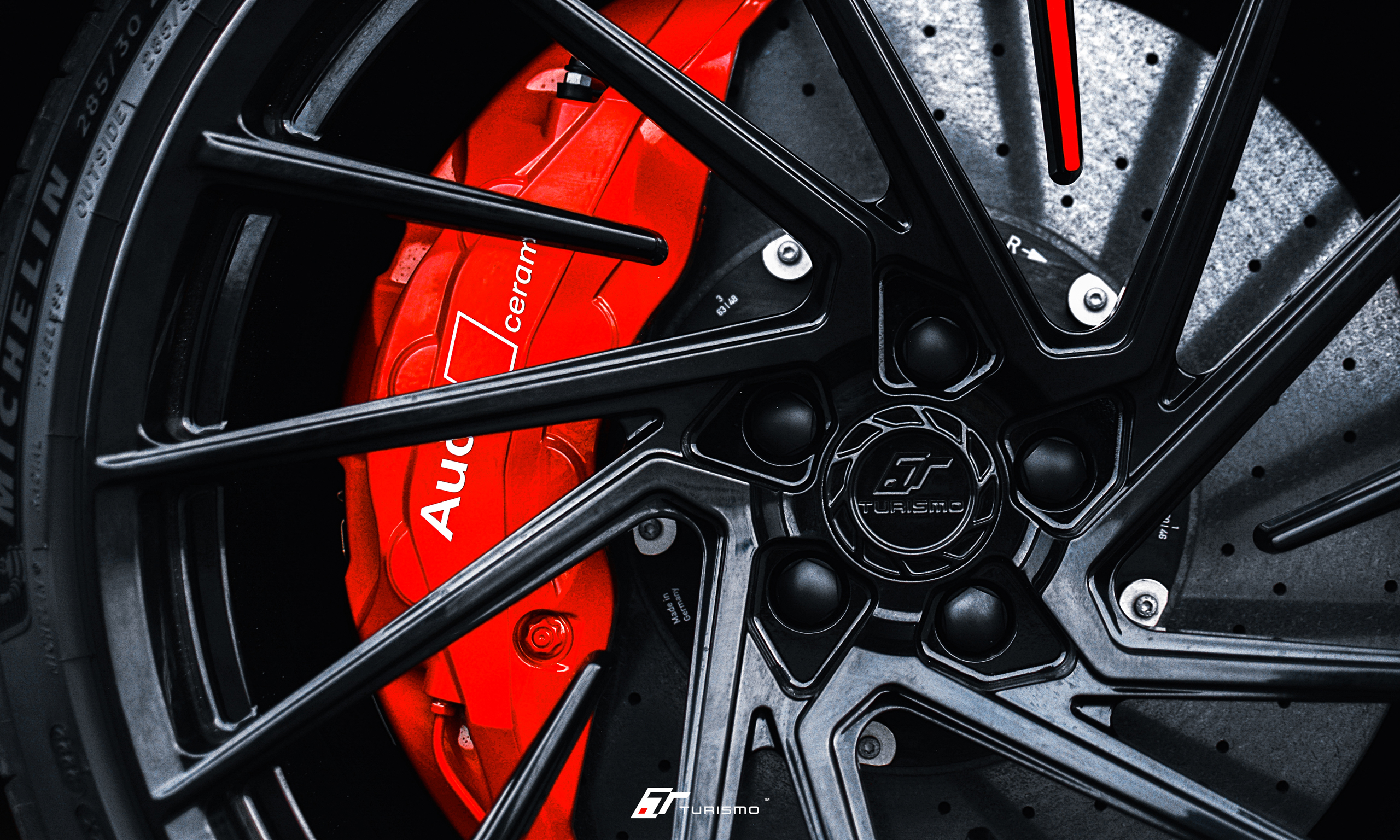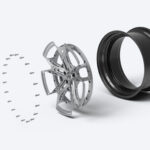Knowing your car’s wheel bolt pattern is crucial if you’re considering replacing your wheels. The wheel bolt pattern is one of the key parameters to remember when replacing wheels with a different model. Of course, we can’t forget the wheel diameter, width, and offset (ET), which are also key parameters. The wheel mounting hole spacing is described using the PCD (Pitch Circle Diameter) designation. A typical wheel bolt pattern designation might be expressed as: 5×112.
What do the values above mean? The number 5 refers to the number of mounting holes on the rim. The number 112 indicates the diameter of the circle around which these mounting holes are arranged. If the rim doesn’t have this marking, you’ll need to measure the bolt pattern yourself. The first parameter, the number of mounting holes, can usually be quickly verified by looking at the center of the rim’s front.
How to measure the bolt pattern on a 5-hole wheel?
- finding the center of the wheel – place the rim stably on a flat surface and determine its center
- location of mounting holes in the rim – they are most often arranged in a circle and in the case of the most popular rims there are 5 of them (usually this number depends on the model and type of vehicle),
- measuring the bolt spacing – using a ruler, check the distance between the center of the centering hole and the center of the mounting bolt hole,
- reading the result – multiply the measurement result (radius) by 2 to obtain the diameter (bolt spacing).
When measuring, it’s worth keeping in mind that wheel spacing can differ between the front and rear wheels, so it’s a good idea to measure the bolt pattern on the front and rear wheels. If the bolt patterns on the rim and hubs don’t match, you can use floating nuts or bolts, which can correct the difference in spacing by up to 2 mm. In some cases, it’s also possible to use wheel spacers that change the bolt pattern. Finally, the bolt pattern on the rim must match the bolt pattern on the wheel hubs to safely mount the rims on the vehicle.




